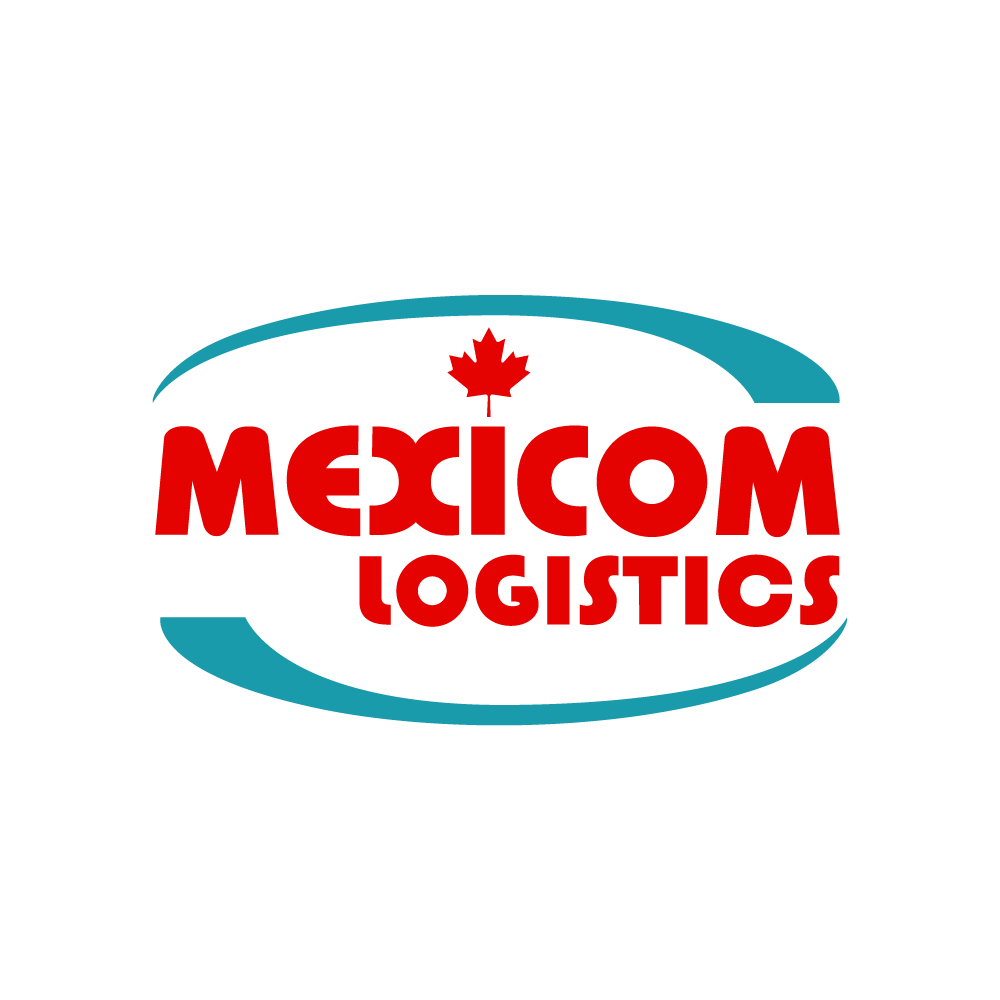10 essential questions about bonded carriers and in-bond shipments
With this blog post, we would like to answer the most frequently asked questions about bonded carriers and in-bond shipments in the United States. What are they? When to look for them? What advantages do you get when working with them?
1. What is a bonded carrier?
Is a customs authorized carrier that can transport freight through the U.S. without paying duty or customs release during borders crossing. The clearance is given by a bond, a permit that allows freight to transit in the U.S. ground.
2. What is a bond?
A Customs bond is a document that proves to the U.S. government that the duties, taxes, or fines of the freight will be paid as soon as they’ll be required. An example of this permit can be seen in our blog post about this subject.
This form applies only in loads with a value of over USD 2,500. It can be acquired in the U.S. Customs and Border Protection (CBP) through a broker that acts like the aval licensed by the United States Department of the Treasury.
In case the freight needs to be moved between two points inside the U.S. for being exported later, you will need a Transportation and Exportation Bond (T&E). When the cargo is transported between two points inside the U.S. landscape so that it can get to the destination port, you will require an Immediate Transportation Bond (IT).
3. What are in-bond shipments?
The freight that transits within the U.S. ground with a special document that allows it to move and be stored without being commercialized in that specific country is called an in-bond shipment. This classification authorizes the bonded carrier to transport the cargo and store it in the U.S. without paying taxes. Is very important to remember that this kind of freight can only be transported by bonded carriers and stored in authorized warehouses to this end.
4. When do you need a bonded carrier?
- When your shipment goes from Mexico to Canada through the U.S.
- When your merchandise goes southbound from Canada to Mexico and travels across the U.S.
- When your load is in transit through the U.S. but is not the departure or destination point.
5. How do bonded carriers work?
The process of obtaining and canceling the customs bond is different according to the trip destination.
NORTHBOUND. MEX. → CANADA |
SOUTHBOUND. CANADA → MEX. |
|
|
IN MEXICOM LOGISTICS, WE ARE EXPERTS IN THE ELABORATION OF T&E, IT AND OTHER DOCUMENTS YOU NEED TO MAKE BONDED SHIPMENTS LIKE LOCAL MOVEMENTS. WE HAVE HELPED THOUSANDS OF CLIENTS TO UNDERSTAND THE IMPORT/EXPORT PROCESSES.
6. What is a bonded warehouse?
Is a customs authorized location with a bond that allows it to store merchandise until the customs release is paid or the cargo has been released. There are nine kinds of bonded warehouses to the CBP and they all must have delivered their blueprints and be in fulfillment of security measures to prevent accidents.
7. What are the differences between a regular carrier and a bonded one?
A regular carrier without a bond must release the shipment in the receiving point, which can be the frontier, while the bonded carrier can move the freight to an installation away from the frontier where it will receive the customs release and can be carried through the U.S. territory.
Since bonded carriers can speed up the import/export process of freight, you can save time and money. Besides, they can assure you that shipments are always in compliance with the customs procedure.
8. On which services can you use bonded carriers?
9. How can you reach a bonded carrier?
Mexicom Logistics can act as your liaison with bonded carriers. Contact us! Keep in hand the next information about your freight:
- Point of departure
- Destination
- Service (FTL, LTL, PTL, or flatbed)
- Type of merchandise
- Weight and volume
10. PTL and LTL can be bonded?
Yes. These services are only available in the U.S. and Canada and can be transported by bonded carriers when they are in transit in those countries. PTL is the ideal transportation option if you need to move big size loads that don’t need a full truck. Is less expensive than FTL and allows you to move larger loads than the ones aloud on an LTL.
Since PTL is available only in the U.S. and Canada, you can combine it with an FTL in Mexico and have more than 50% savings.
Sources:
- https://www.cbp.gov/sites/default/files/documents/carriersofbondedmerchandise3_2.pdf
- https://www.cbsa-asfc.gc.ca/services/carrier-transporteur/hc-tr-eng.html










Great Blog! Thanks for sharing this awesome knowledge with us.
I am interested
Hi Miriam,
We are glad you were interested.
Feel free to contact us by email at: info@mexicomlogistics.com
Thanks for you marvelous posting!
I certainly enjoyed reading it.
My company moves bonded product from Texas to California, full trucks, can you do that?
Hi Jaime! For any questions please email us at info@mexicomlogistcs.com